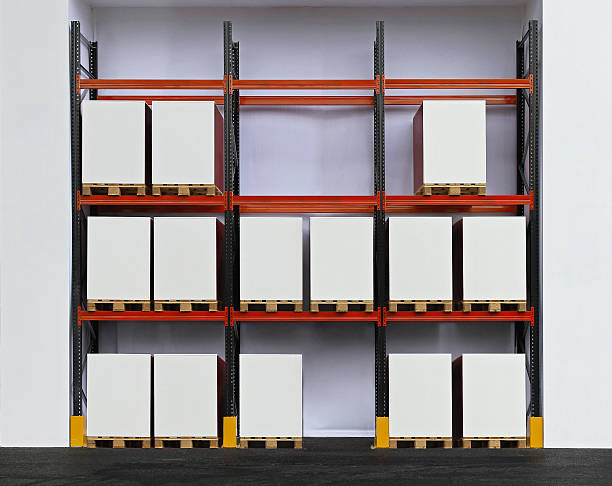Racking Inspection Training

As a general rule, rack inspections should be conducted when the last rack is delivered for shipment. The warehouse safety manager should also coordinate with the shipping company and manufacturer to ensure that the shipment meets all of the requirements and certifications needed for it to travel under its own set guidelines. There are many benefits to scheduling rack inspections. First, it helps to identify problems before they become too big or expensive to resolve. Once problems have been identified, they can be repaired or resolved before they significantly affect operations. Learn more about this product in this website.
By making sure that the racking systems, and especially the racks themselves, are up to code, there is less chance of an accident occurring. Also, if there is an accident, on-site investigation can help solve it as well as provide answers for why it occurred. Finally, the results of on-site rack inspection can help the safety manager to determine the cost of repairs and how to best manage the repairs so that future problems do not arise. Visit https://www.konstant.com/en/
Inspecting the load bearing capacity (LBTC) of the upright and drop free (DF) storage racks is another important part of the inspection. Both the LBT and DFT must meet certain guidelines, including the maximum weight each of their respective beams can carry, the distance between the beam's centers, and the angle between the beam's bases and the walls. Upright storage racks are often limited by OSHA rules to only storing lightweight, single-use products while drop free storage racks are required to carry heavier loads. If a manufacturer's claim is that their product is safe and of adequate quality, an inspection of the product's strength, quality, and load bearing capacity should be performed.
Preventive maintenance is another key component of preventive inspection. It also is a key factor in the cost of repair. Racks that are regularly inspected for signs of damage may actually save a business money due to prevention. A basic rule of thumb in the prevention of rack damage is to avoid storing things on the racking more than 50% of the time. Ensuring that the rack is free from dirt, grit, and debris will prevent the formation of cracks and other types of damage that require further inspection and repair.
All inspections should be accompanied by a tag or sticker authorization to ensure compliance with all safety standards. For new rack installations, the installation manager should obtain authorization through applicable regulatory agencies before any inspections take place. All inspections must be completed within the same timeframe as the estimated completion date of the project.
An inspection's success depends on two things: proper identification of the problem. Identifying problems is a simple process but requires thorough training for all employees to perform safely and appropriately. A company's ability to identify potential problems, review them in detail and perform preventive maintenance is key to reducing the number of costly and unnecessary rack damage repairs. A thorough rack inspection training program should include topics such as load bearing capacity, distance between beams, and shafts, mechanical properties, and product performance. A thorough safety audit should also be included as part of the training course. Here is an alternative post for more info on the topic: https://en.wikipedia.org/wiki/19-inch_rack.
